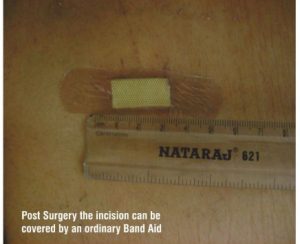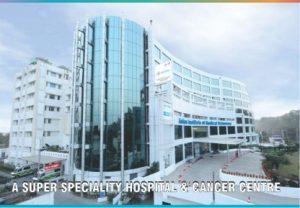Your Back
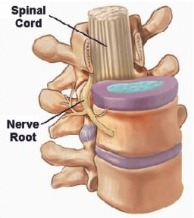
The bony vertebrae, which surround & protect the spinal Cord are separated by shock-absorbing discs. This gives flexibility to the spinal column. Nerves from the spinal cord pass through small openings in this tube. The spinal column has natural curves in form of ‘S’ which help in weight distribution and posture maintenance.
Back problems
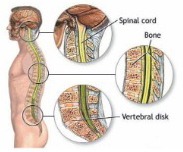
Some common back problems have degenerated discs, disc injury, misaligned vertebrae or spinal fractures. In disc disease, disc loses their water content and height. This brings the vertebrae closer and the ‘ opening for the nerves narrows, causing pain. Most of the back problems can be treated by non-operative methods – rest, medication, physiotherapy and exercise. Some problems may need surgery. Most of the operative diseases can now be managed by minimally invasive procedures.
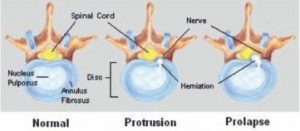
Minimally Invasive Spine Surgery (MISS)
Minimally Invasive Spine Surgery (MISS) has changed the perception of spine surgery. What used to result in a week long hospital stay, a year’s recovery period and a large scar has been diminished to a couple of days in the hospital, a few weeks of recovery and a few small scars.
How is Minimally Invasive Spinal Surgery perfumed?
Conventional Spine Surgery requires a long incision and a lengthy recovery period. Minimally Invasive Surgery, also known as “keyhole” surgery, uses a thin, telescope-like instrument known as an endoscope, which is inserted through small incisions. Small surgical instruments may then be passed through one or more additional half-inch incisions. Following the procedure, the small incisions are closed with sutures and covered with surgical tape. After some time, they are barely visible.
What are the benefits of Minimally Invasive Spine Surgery?
MISS allows for the same outcomes as conventional spine surgery with a tiny scar, a much shorter hospital stay, less postoperative pain and much quicker recovery of function ultimately resulting in reduced loss of man hours at work.
How safe is Minimally Invasive Spine Surgery?
If performed by experts in this field, minimally invasive spine surgery is as safe as “open” spine surgery.
Is this technique applicable the all forms of Spinal Surgery?
No. It is not appropriate for all patients. While the field of minimally invasive surgery is changing rapidly, three main types of minimally invasive spine sit surgery currently are being performed:
(1) Repair of herniated discs including disc replacement.
(2) Spinal fusion, which often is performed on degenerative disks.
(3) Deformity corrections, such as for scoliosis.
How will I know if Minimally Invasive Spinal Surgery is appropriate for me?
Consult with your doctor about the various treatment options available. Many cases are not suitable for minimally invasive procedure but most of the spinal surgeries are now possible using minimally invasive techniques.
Is this surgery experimental?
This technique has been in use for more than a decade. It is just a minimally invasive and a refined approach with the same basic principles as the open procedure that has been in vogue to treat back problems for more than 50 years.
What are the limitations after surgery
You are the best judge to escalate your activity after surgery. Usually, there is no specific restriction and one should be able to do normal routine activities within few days.
Post Surgery the incision can be – covered by an ordinary Band Aid


